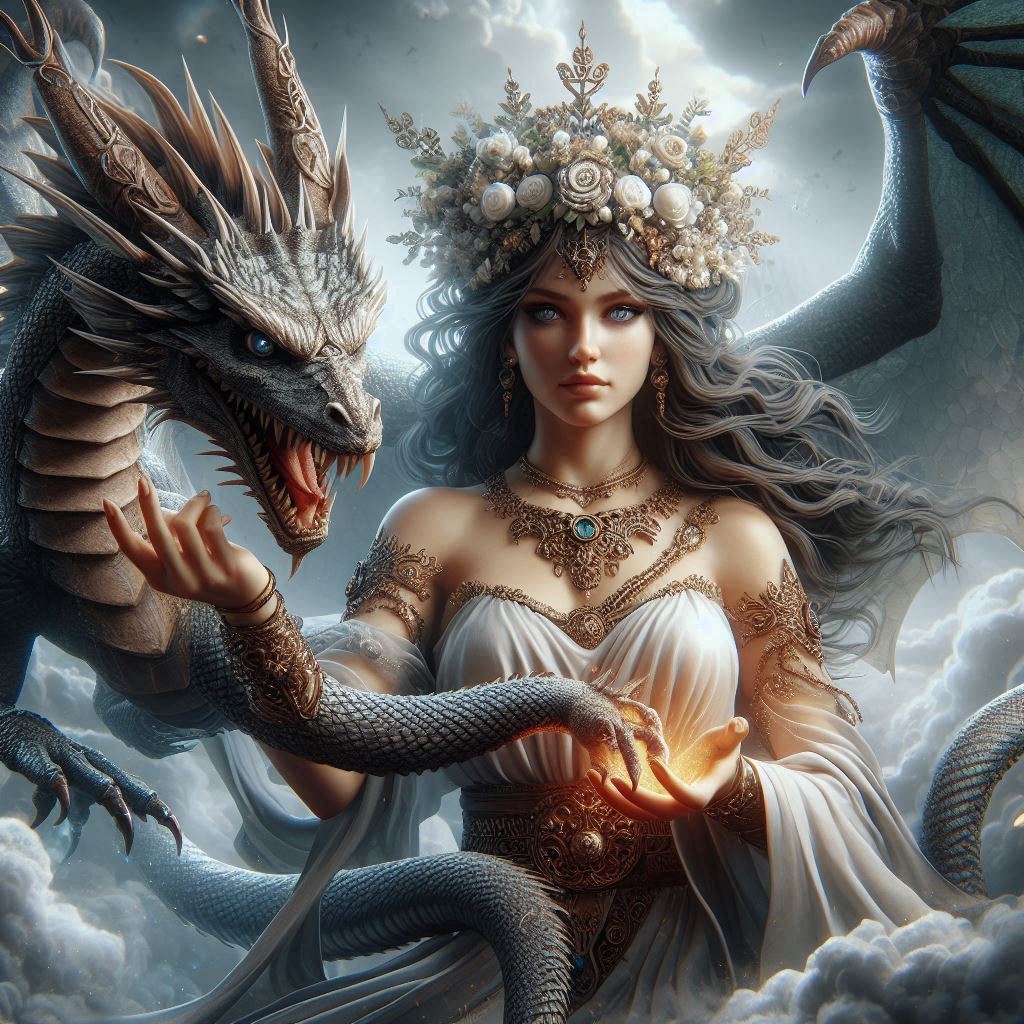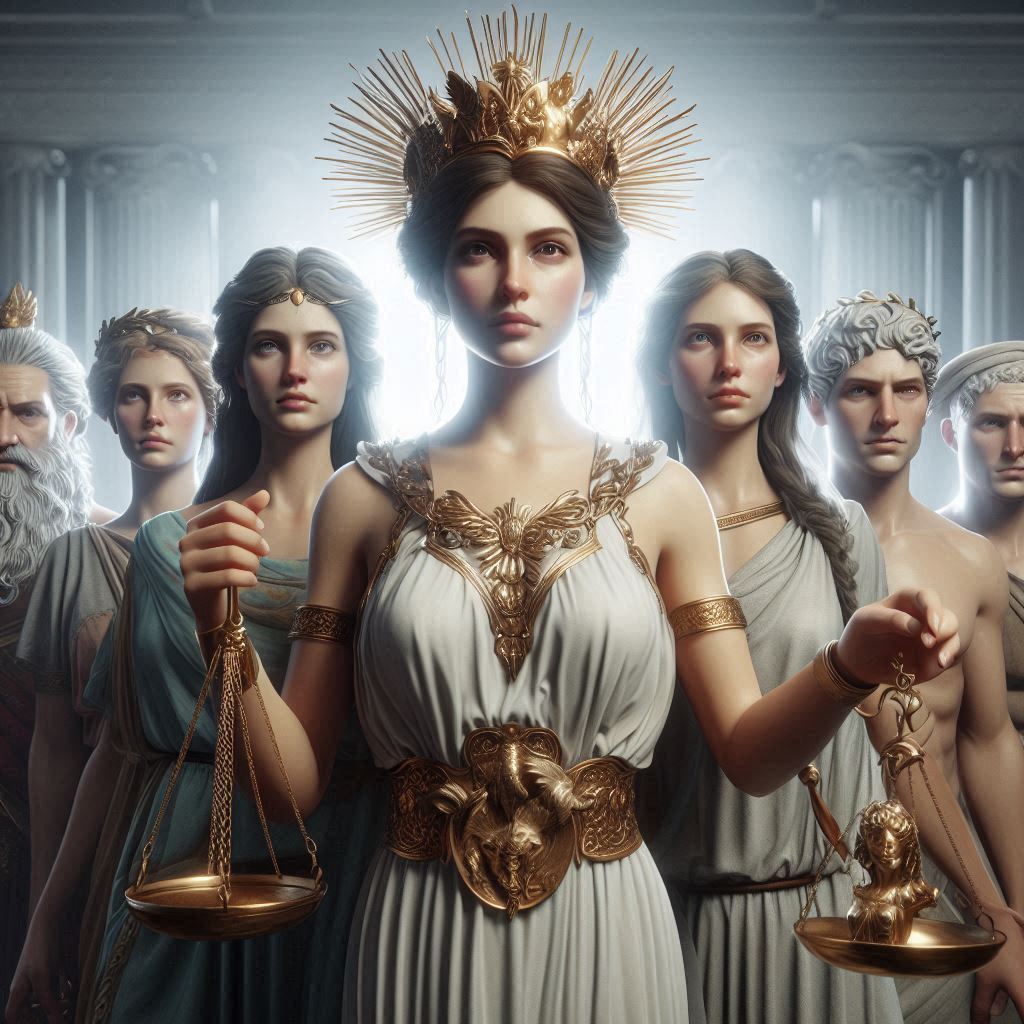Table of Contents
Color Symbolism in Literary Works: An Exploration of Meaning and Depth
What is Color Symbolism ? Color, in its vast spectrum of shades, transcends the mere visual perception of the world; it holds within itself layers of meaning that have permeated human culture, history, and expression. In literature, color symbolism serves as a profound tool that authors utilize to add emotional depth, establish mood, enhance character development, and reflect themes.
Colors, whether used subtly or overtly, can create nuanced layers of meaning that deepen the reader’s understanding of the narrative. This essay explores the use of color symbolism in literary works, analyzing how different colors convey various emotions, motifs, and philosophical undertones, and examining how these symbols function within the broader literary framework.

The Role of Color in Literature
Color is not merely decorative in literature; it is a medium through which authors communicate on a symbolic level. While words carry literal meaning, colors evoke emotion and insight that transcend the surface narrative. For example, colors can evoke universal emotions (e.g., red as a symbol of passion or anger), but they can also carry specific cultural connotations (e.g., white as a symbol of purity in some cultures, but death in others, such as in Eastern traditions). Thus, color symbolism in literature operates on both individual and collective cultural levels.
Through the ages, writers have imbued colors with specific meanings, using them to represent psychological states, moral conditions, and even existential themes. In this sense, color acts as a bridge between the abstract world of ideas and the concrete world of objects and scenes, allowing readers to navigate complex emotional and thematic landscapes.
Major Colors and Their Symbolic Associations in Literature
1. Red: Passion, Danger, and Violence
Red is often associated with intense emotions and situations, symbolizing both love and violence. Its duality lies in the fact that red can signify the heat of passion and the terror of bloodshed. In F. Scott Fitzgerald’s The Great Gatsby, for instance, the red of Tom Buchanan’s car serves as a symbol of his aggression and his destructive capacity. Similarly, in Shakespeare’s Macbeth, blood, often associated with the color red, becomes a symbol of guilt and the violent consequences of unchecked ambition. Thus, red operates on multiple levels, representing not only passion and desire but also danger and the destructive potential of human emotions.
2. White: Purity, Innocence, and Death
White is often used to symbolize innocence, purity, and goodness. However, its meaning can also be inverted, as in the case of Herman Melville’s Moby Dick, where the titular white whale embodies a sinister, unknowable force of nature, transforming the color into a symbol of death, the divine, and the unfathomable aspects of existence. In Nathaniel Hawthorne’s The Scarlet Letter, Hester Prynne’s daughter, Pearl, often wears white, symbolizing her innocence in the face of societal judgment. Yet, white also evokes death and coldness in literature, as seen in the winter imagery often associated with demise or emotional desolation.
3. Black: Death, Evil, and the Unknown
Black traditionally represents death, mourning, evil, and the unknown. This color symbolizes darkness, both literal and metaphorical, often associated with negative forces in the narrative. In Joseph Conrad’s Heart of Darkness, black symbolizes the darkness of colonial exploitation, moral corruption, and the psychological descent of the protagonist. Similarly, Edgar Allan Poe’s use of black in works such as The Raven evokes the themes of death, despair, and the eerie unknown. The ambiguity of black as both concealment and revelation enhances its symbolic weight, making it a potent tool for exploring the darker aspects of the human experience.
4. Blue: Tranquility, Sadness, and Introspection
Blue often evokes a sense of calm, depth, and serenity, but it also symbolizes sadness and melancholy. In literature, blue can represent a character’s internal state, particularly in moments of reflection or emotional desolation. In The Great Gatsby, Fitzgerald uses blue to symbolize both Jay Gatsby’s unattainable dreams and the melancholy that stems from his futile pursuit of Daisy. The blue eyes of Dr. T.J. Eckleburg, a symbolic figure in the novel, represent the distant, impersonal gaze of fate or moral judgment, infusing the color with a sense of detached observation.
5. Green: Nature, Growth, and Envy
Green is often symbolic of nature, life, and growth, yet it also carries connotations of envy, jealousy, and inexperience. In Fitzgerald’s The Great Gatsby, the green light at the end of Daisy’s dock is a symbol of Gatsby’s hope and unattainable dreams. Green thus represents both aspiration and the eternal distance that separates desire from reality. In Shakespeare’s Othello, green becomes the symbol of envy and jealousy, most famously in Iago’s speech about the “green-eyed monster” that consumes Othello’s mind. Hence, green in literature oscillates between life-affirming forces and corrosive, destructive emotions.
6. Yellow: Wealth, Corruption, and Decay
Yellow, often associated with gold, represents wealth, greed, and corruption in many literary works. Its bright, sunny nature can be deceiving, as it frequently symbolizes decay or moral degradation beneath a surface of prosperity. In The Great Gatsby, yellow appears in the form of Gatsby’s car, symbolizing his wealth and status but also foreshadowing the tragic events that lead to his downfall. Yellow’s association with decay is also present in the works of writers like T.S. Eliot, who uses the color to symbolize the superficiality and stagnation of modern life, particularly in The Waste Land.
7. Purple: Royalty, Mystery, and Spirituality
Purple, often linked with royalty and luxury, carries connotations of mysticism and spirituality. It is a rare color in nature, making it a symbol of uniqueness, the extraordinary, and even the divine. In classical literature, purple often symbolizes a higher status or an elevated position in society. It can also suggest mystery, power, and an otherworldly quality, as seen in Virginia Woolf’s Orlando, where the protagonist’s shifting identity and time-transcending nature are associated with shades of purple. Its dual association with luxury and spirituality makes purple a complex symbol of both worldly and otherworldly pursuits.
The Interplay of Colors and Themes
In many literary works, colors do not operate in isolation but interact with one another to create a symbolic interplay that enriches the text. In The Great Gatsby, the use of both yellow and green highlights the contrast between Gatsby’s wealth and his idealized vision of the American Dream. Similarly, the contrast between white and black in works like Melville’s Moby Dick creates a thematic tension between purity and evil, knowledge and the unknowable. The subtle layering of color symbolism allows authors to build complex emotional and thematic landscapes that resonate on multiple levels with the reader.
Conclusion
Color symbolism in literature is a dynamic and multifaceted tool that writers use to enhance their storytelling. Whether representing emotions, philosophical ideas, or societal critiques, colors convey meanings that go beyond mere description. By utilizing a palette of symbolic colors, authors not only enrich their narratives but also invite readers into a deeper engagement with the text, encouraging them to explore the multiple layers of meaning embedded in the hues of the literary world. The study of color symbolism in literature thus opens up a realm of interpretation that is as rich and varied as the colors themselves, offering readers a glimpse into the profound interplay between language, culture, and perception.


No responses yet